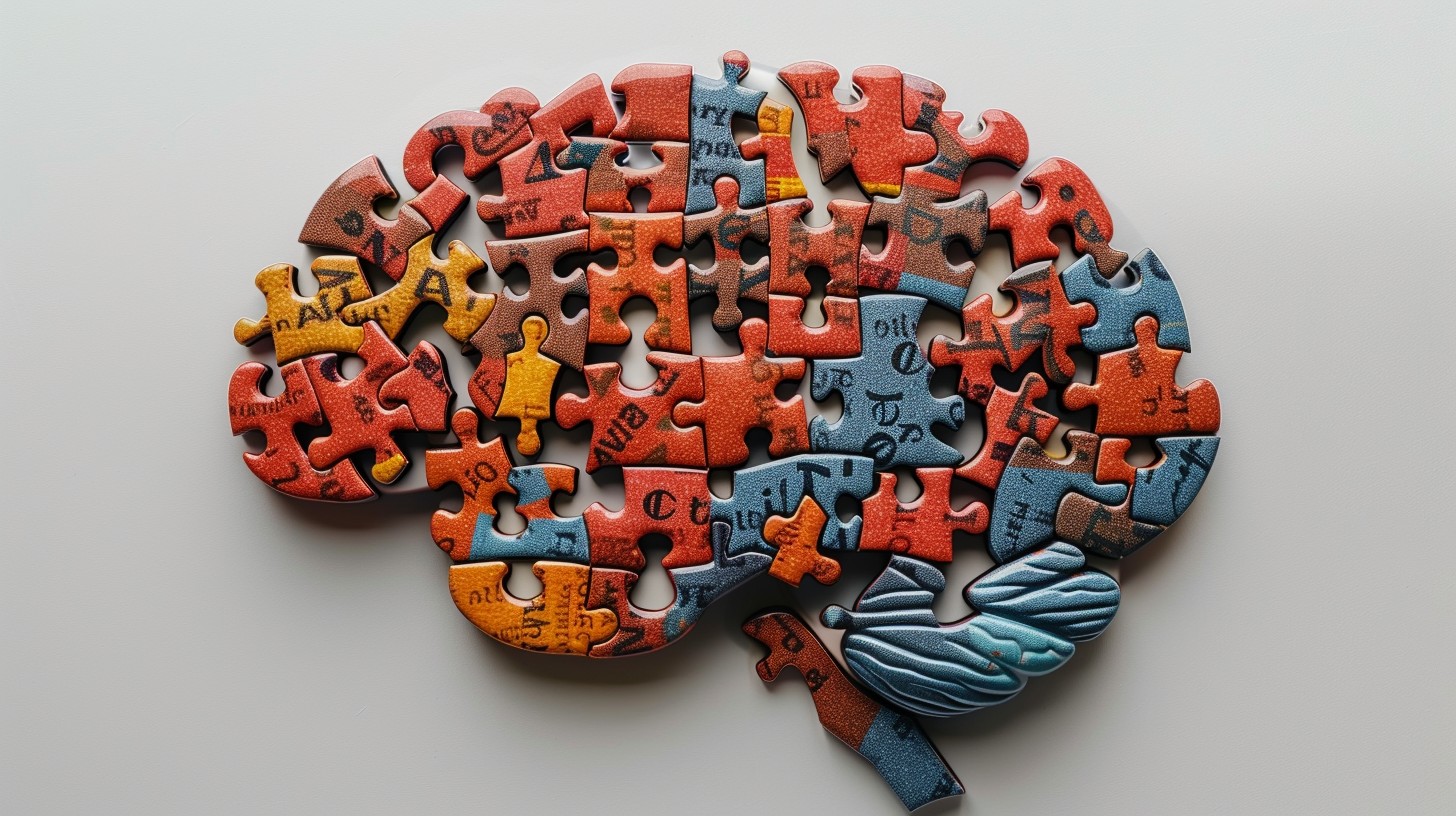Understanding ABA Therapy for Children with Autism

Applied behavior analysis (ABA) therapy is an impotant part of the development and care of kids with autism spectrum disorder (ASD). As a scientifically validated approach, ABA therapy focuses on enhancing positive behaviors and reducing harmful or disruptive ones. This article examines the fundamental ideas of ABA therapy, its uses, and how much of an influence it has on autistic children.
What is ABA Therapy?
The science of behavior and learning is the foundation of Applied Behavior Analysis (ABA), a type of treatment. It facilitates understanding of how learning occurs, how behavior functions, and how the environment affects behavior. The primary goal of ABA is to increase helpful behaviors and decrease harmful or affecting behaviors. ABA therapy in Maryland has been proven effective in improving various skills, including communication, social skills, and academic performance.
Critical Principles of ABA Therapy
ABA therapy is built on a few core principles that guide its approach:
- Positive Reinforcement: This is the foundation of ABA therapy. A behavior is more likely to be repeated if it is followed by something valuable, such as a reward. Over time, this leads to lasting positive behavior change.
- Discrete Trial Training (DTT): DTT involves breaking down skills into smaller, teachable steps. Each trial or step is reinforced individually, gradually helping the child learn complex tasks.
- Task Analysis: Complex activities are broken down into smaller, manageable parts. Each part is taught sequentially, ensuring the child masters each step before moving on to the next.
- Generalization: ABA therapy emphasizes the ability to apply learned skills in different settings. This ensures that the child can use what they have learned in real-world situations, not just in a controlled environment.

How ABA Therapy is Applied
ABA therapy is highly individualized, with treatment plans tailored to each child's specific needs. The process begins with a comprehensive assessment by a certified behavior analyst (BCBA), who then creates a customized plan that outlines specific goals. These goals include improving communication, enhancing social interactions, or reducing challenging behaviors.
Step-by-Step Process:
- Assessment and Goal Setting: Initial assessments determine the child's abilities, needs, and areas for improvement. Goals are then set based on these assessments.
- Intervention: The BCBA develops a series of interventions, often using the principles of positive reinforcement, to teach new skills or reduce unwanted behaviors.
- Data Collection and Analysis: Progress is closely monitored through data collection, allowing the BCBA to adjust the intervention strategies as needed.
- Ongoing Evaluation: Continuous evaluation ensures that the therapy remains effective and adapts to the child's evolving needs.
The Benefits of ABA Therapy for Children with Autism
ABA therapy has a profound impact on children with autism. The benefits are well-documented and include:
- Improved Communication Skills: ABA helps children develop verbal and non-verbal communication skills. This enables them to express their needs and understand others better.
- Enhanced Social Skills: Through ABA, children learn to interact with their peers, understand social cues, and engage in appropriate social behavior.
- Increased Independence: Children gain independence by mastering daily living skills, significantly improving their quality of life.
- Behavioral Improvements: ABA effectively reduces problematic behaviors, helping children adapt to various environments, including school and home.
ABA Therapy and the Role of Parents
A parent's involvement is essential to the effectiveness of ABA therapy. Their involvement is vital for reinforcing learned behaviors outside of therapy sessions. ABA therapists often train parents to implement ABA strategies at home, ensuring consistency and reinforcing progress.
Parental Involvement:
- Training and Support: ABA therapists give parents the skills and information they need to encourage their child's growth at home.
- Consistency: Consistent application of ABA strategies at home enhances the effectiveness of therapy.
- Monitoring Progress: Parents are encouraged to track their child's progress, providing valuable feedback to the therapist.
Common Misconceptions About ABA Therapy
Despite its success, ABA therapy is sometimes misunderstood. Here are some common misconceptions:
- ABA is not just for young children: While ABA is often associated with early childhood intervention, it is effective for individuals of all ages.
- ABA is not a one-size-fits-all approach: Each therapy plan is customized to meet the child's unique needs.
- ABA is not about punishment: The focus is on positive reinforcement, not punishment. ABA aims to teach and reinforce desirable behaviors rather than eliminate negative ones.
Conclusion
Applied Behavior Analysis therapy offers hope and tangible progress for children with Autism Spectrum Disorder. By focusing on positive reinforcement, individualized treatment plans, and ongoing evaluation, MoveUP ABA helps children develop essential life skills, enhance communication, and reduce challenging behaviors. The active involvement of parents and caregivers further ensures that the benefits of ABA extend beyond the therapy sessions, impacting the child's life.






